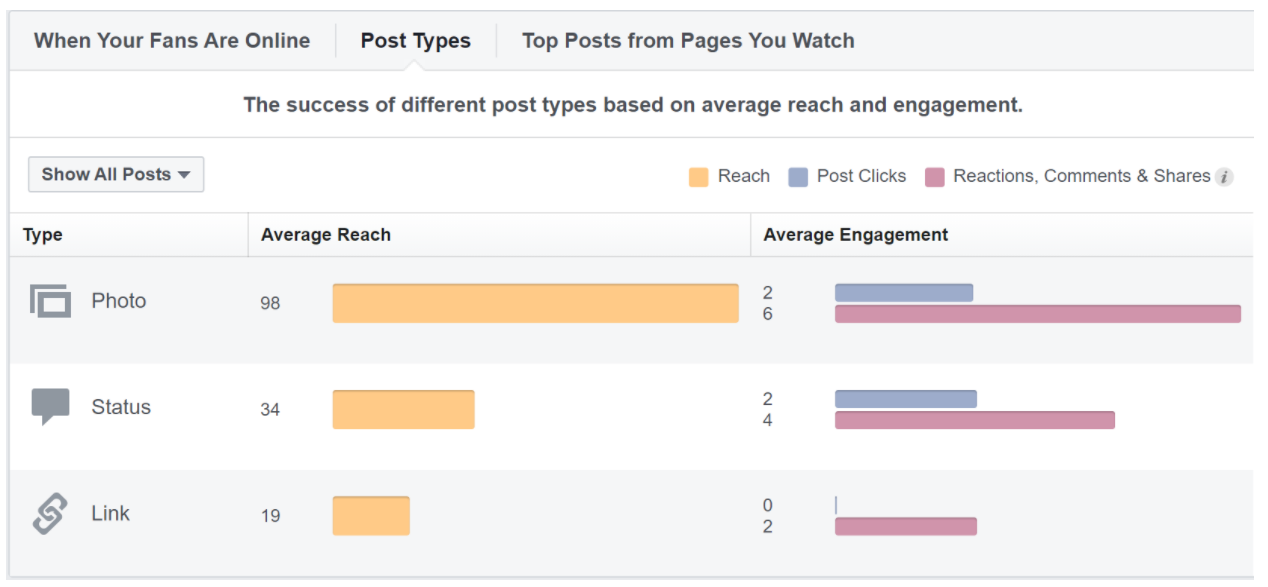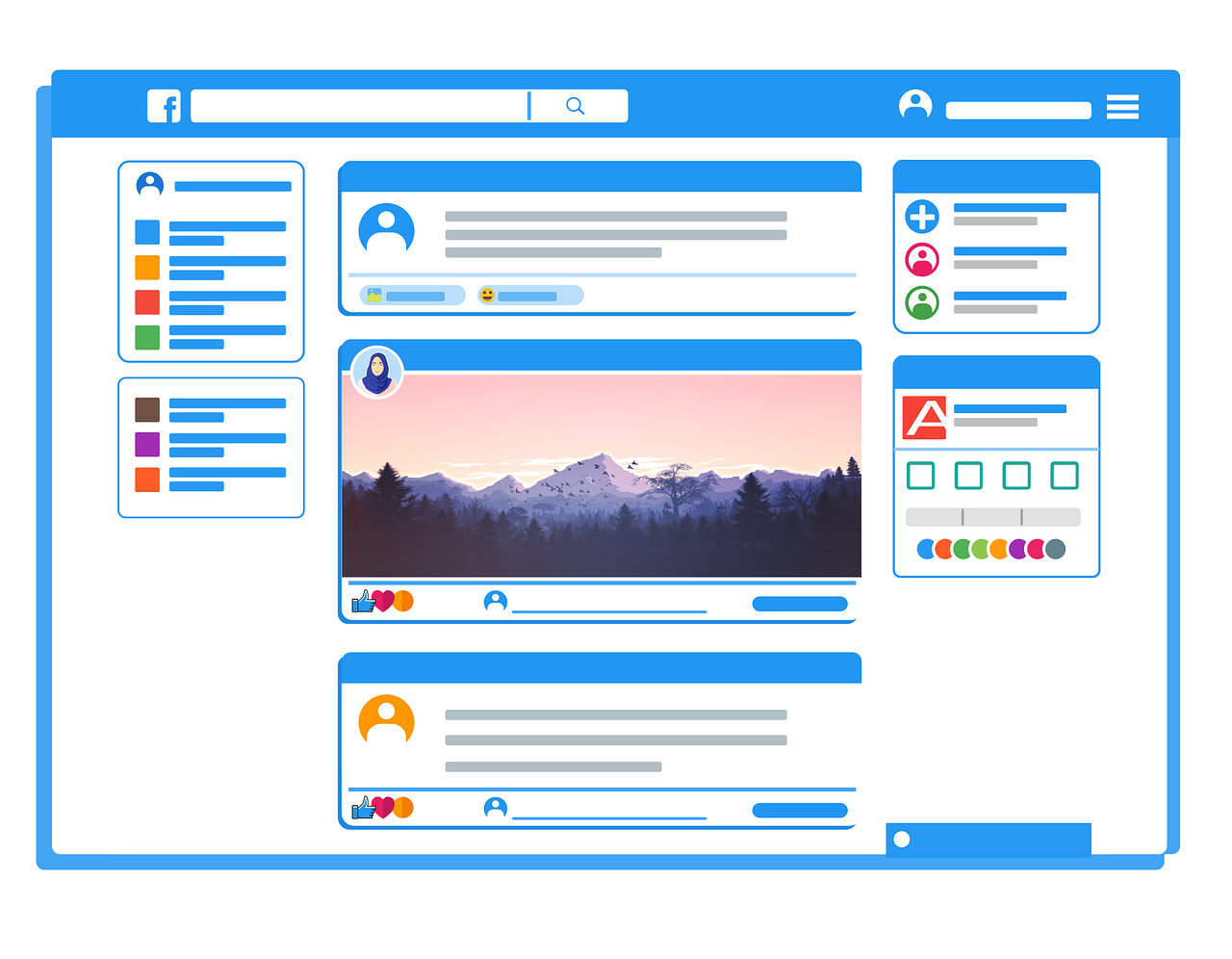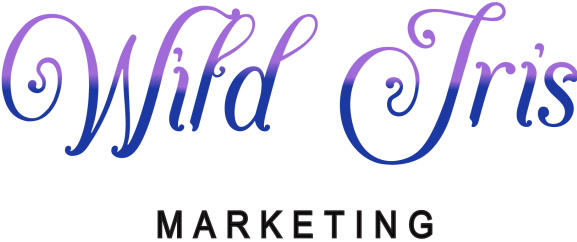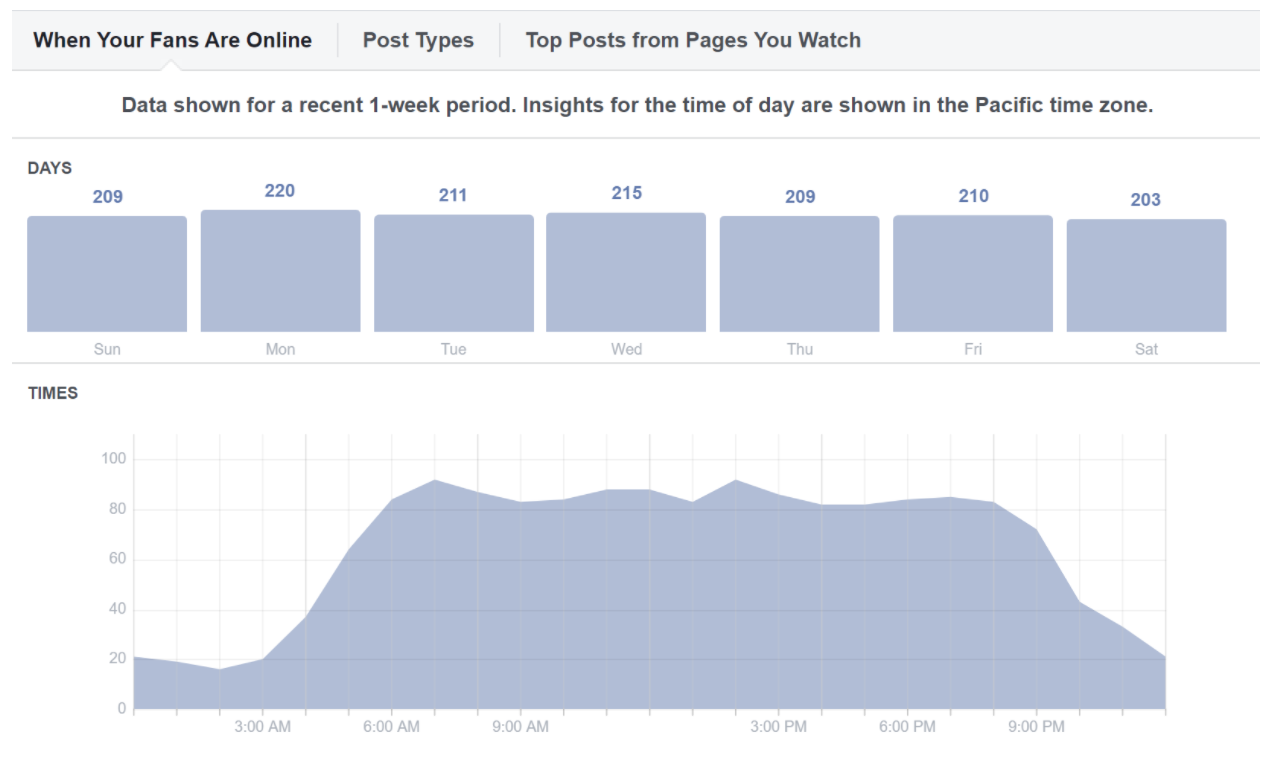You may soon see a new datapoint on your Facebook business page. Distribution Score is rolling out for all posts (not just for videos where it has been available for longer) over the last few days so you can probably see it on each recent posting to your business page. According to Facebook, “The Distribution Score in Creator Studio shows you how each post on your Page is performing on metrics that are important for reaching more people with your content on Facebook. The higher the score, the more your content organically appears within feeds across the platform.”
As you probably know when a post is made on Facebook, it is initially only shown to a fraction of the users who are candidates to see it. Facebook doesn’t publish this number, but most experts agree that only around 7% of the people in a Group or following a Page will be shown a post initially. Organic interaction (Engagement) by these early viewing users causes the post to be shown to additional Facebook users, and if they continue to interact and show interest in the content it will show in the news feed of more and more candidate users, increasing your Reach.

What is Social Media Reach?
Imagine a pebble being tossed into a perfectly still pond. That pebble is your Facebook post. As more people engage (like, comment and share) with your post, the further out the Facebook algorithms move the ripple. These posts are always visible if someone visits your Group or Page, but may be hidden from appearing in the users’ News Feed.
For years, agencies and analytics tools were critical to understanding what types of posts were organically reaching their audience and what posts were receiving the most engagement. Facebook creators need to know these metrics in order to zero in on the types of content that their followers are interested in and interact with. Now, Facebook Distribution Score is making that information more accessible to the business owner right on the business’ Facebook page.
So What Is Facebook Distribution Score?

Here’s a screengrab of Facebook’s post analytics showing the new Distribution Score.
The data in the left and center columns (Reach and Engagement) have always been available. Reach is how many people your post has been seen by (roughly, Impressions) and Engagements is how many people have actually engaged with that post by liking, commenting, sharing, etc. But the third column, Distribution Score is new! While Facebook doesn’t explain the exact formula for calculating this Distribution Score, they do tell us what numbers go into the recipe. For non-video posts, the count of Impressions, Reactions, Comments, Shares and Link Clicks are blended together in a secret recipe to produce the magic Distribution Score number. For video posts, the ingredients are similar with the addition of measurements of how many minutes of video have been actually watched. Regardless of the secret recipe, Facebook is providing you the final result — a number that helps you see how Facebook feels about distributing your content.
We will all be excited when we see a green arrow. We will be even more excited when we see a big number next to that green arrow. However if you see too many red arrows, you may need to reassess what types of posts you are making, how you are making them and how they are being reacted to.
How Do I Raise my Facebook Distribution Score?
There are several strategies for increasing your Facebook Distribution Score. They break down into content and context. First we’ll talk about context, which is everything about posting your message EXCEPT the actual message itself. The most important thing you can control about the message Context is the timing of the post. Facebook and other analytics tools can tell you when you should post to get the maximum exposure to the types of people who normally see and interact with your previous posts. For different groups of people, there are different times of day and days of the week when they are available, online, looking at Facebook, and in the mood to interact with your posts. Lighthearted material might resonate best during or after lunch on weekdays, when employees are waiting for their food or waiting for a tablemate to finish eating, and are bored and scrolling on their phones. In-depth material and longer videos might be better posted in the evening, when distractions are fewer and users are likely to be at home and not worried about mobile data allowances. And surely SOME kind of post is perfect for late-night-insomniac-doom-scrolling readers! Facebook’s own analytics can show you when your page’s typical interacting users are interacting, down to the day of the week and time of day! Make sure to post during good interaction times so your post pops on the radar when people can see it, and isn’t buried under newer posts from others by the time your users are online. Social Media scheduling tools can help you analyze these trends further and optimize your posting times.
What types of content will get a higher Facebook Distribution Score?
The second factor you can control to get a higher Facebook Distribution Score is obviously the content itself. Take a look at your page’s past posts, and the Engagement and Reach (and where available, Distribution Score). Do your page’s followers laugh at funny cat meme photos? Are they digging listicle posts about digging gardens? Commenting on commentary about national politics? Are they sharin’ videos about people named Sharon? What sorts of posts do they Like/Laugh/Comment/Share? Because THOSE are the types of posts you need to create more of!

How Do I Increase Facebook Post Engagement?
You can also increase post Engagement (and therefore Distribution Score) by carefully crafting a Call To Action as part of your message, and creating messages that provoke interaction/Engagement. Do you ever wonder why so many Facebook posts and polls ask questions, especially controversial questions with opinion-centric answers? Because these posts challenge readers to respond to the post, lest their opinion be drowned out by others’ opinions! For example, a bland economic post about the Minimum Wage might get no Engagements at all. But if it finishes by asking readers what their first job was, what they got paid for it, and if they felt it was a fair wage, it will EXPLODE with Engagement as everyone feels the need to say their piece! Almost any post can trigger Engagement by finishing with a related open-ended question.
 Be aware though, forcing artificial engagement can result in a significant reduction in your Reach. “Like if you agree or sad face if you disagree.” type posts can be identified by the Facebook algorithms and could be completely hidden by Facebook! As Sharon Trilk, owner of My Mountain Town recently said, “There’s a fine art to working the system, and another reason why companies should hire the experts to do this for them!”
Be aware though, forcing artificial engagement can result in a significant reduction in your Reach. “Like if you agree or sad face if you disagree.” type posts can be identified by the Facebook algorithms and could be completely hidden by Facebook! As Sharon Trilk, owner of My Mountain Town recently said, “There’s a fine art to working the system, and another reason why companies should hire the experts to do this for them!”
Pages whose posts accumulate a lot of Engagement and Distribution Score will be more popular in Facebook’s eyes, and will be more likely to appear more prominently when users are searching for content on Facebook.
Executive Summary
Facebook Distribution Score is a measurement Facebook now provides to help you understand how posts rank on metrics that help posts Reach more people. The higher the score, the more your content organically appears on users’ Facebook news feeds instead of being hidden.
You can improve your Distribution Score, and therefore increase the number of users seeing your message, by ensuring your message is posted at a time when your target users are active on Facebook and receptive to your type of message. Facebook’s own analytics can teach you these time windows. You can also increase your Facebook Distribution Score by examining the types of posts that get a lot of Engagement, and mimicking the tactics and types of content used by those successful messages.
About AlphaPixel Reach Digital Marketing
AlphaPixel Reach uses all of these strategies, as well as others like planning a Social Media Calendar, Targeted Paid Advertising and Analytics to help our Digital Marketing clients make their Social Media effective and efficient. Don’t just post, post with purpose and know your Return on Investment from your Digital Marketing. If you think you could use some help with your Digital Marketing, get in touch with us today for a free no-obligation consultation to learn what might help you!
Footnote: Did you notice that this article is full of headlines phrased in the form of a question that someone interested in this topic might search for on a Search Engine like Google? This is a common Search Engine Optimization (SEO) tactic, to get organic exposure and visitor traffic for a web page by making it answer pressing questions and incorporating the question (and answer) prominently in the page! AlphaPixel Reach does Search Engine Optimization for our clients as well!



